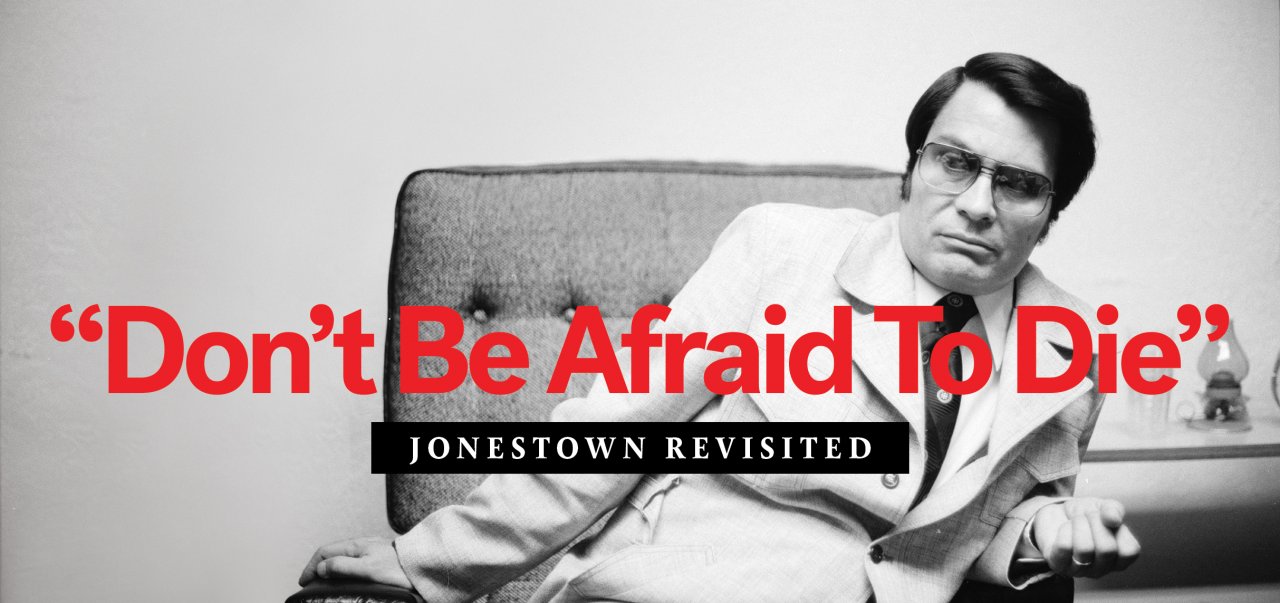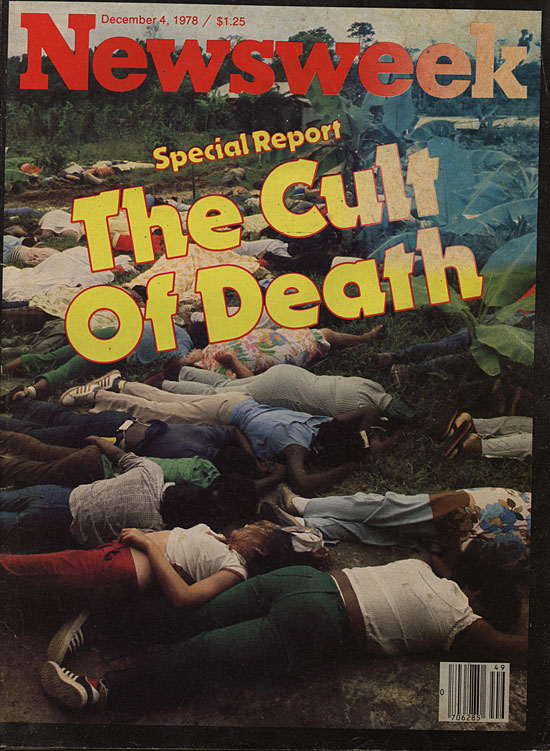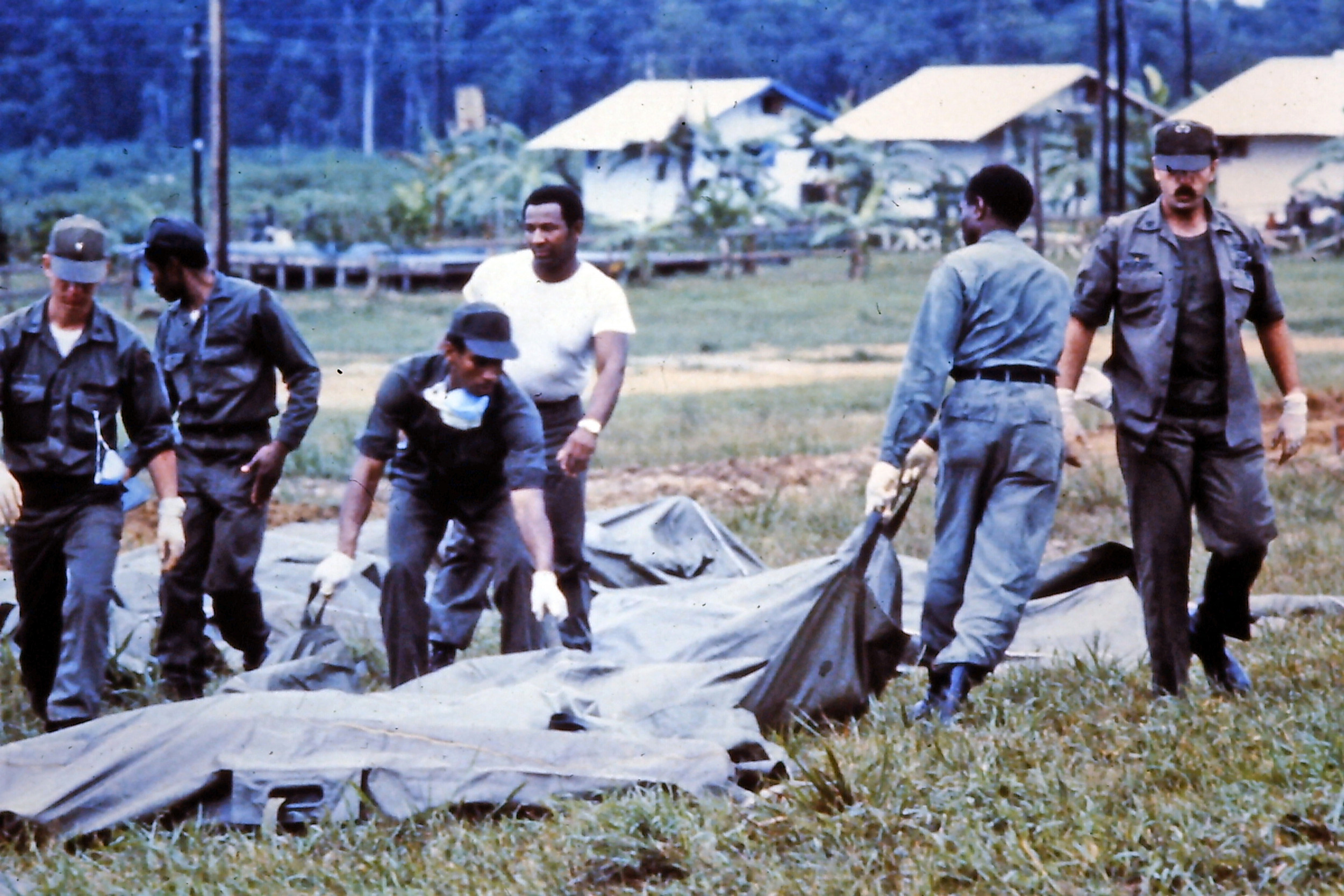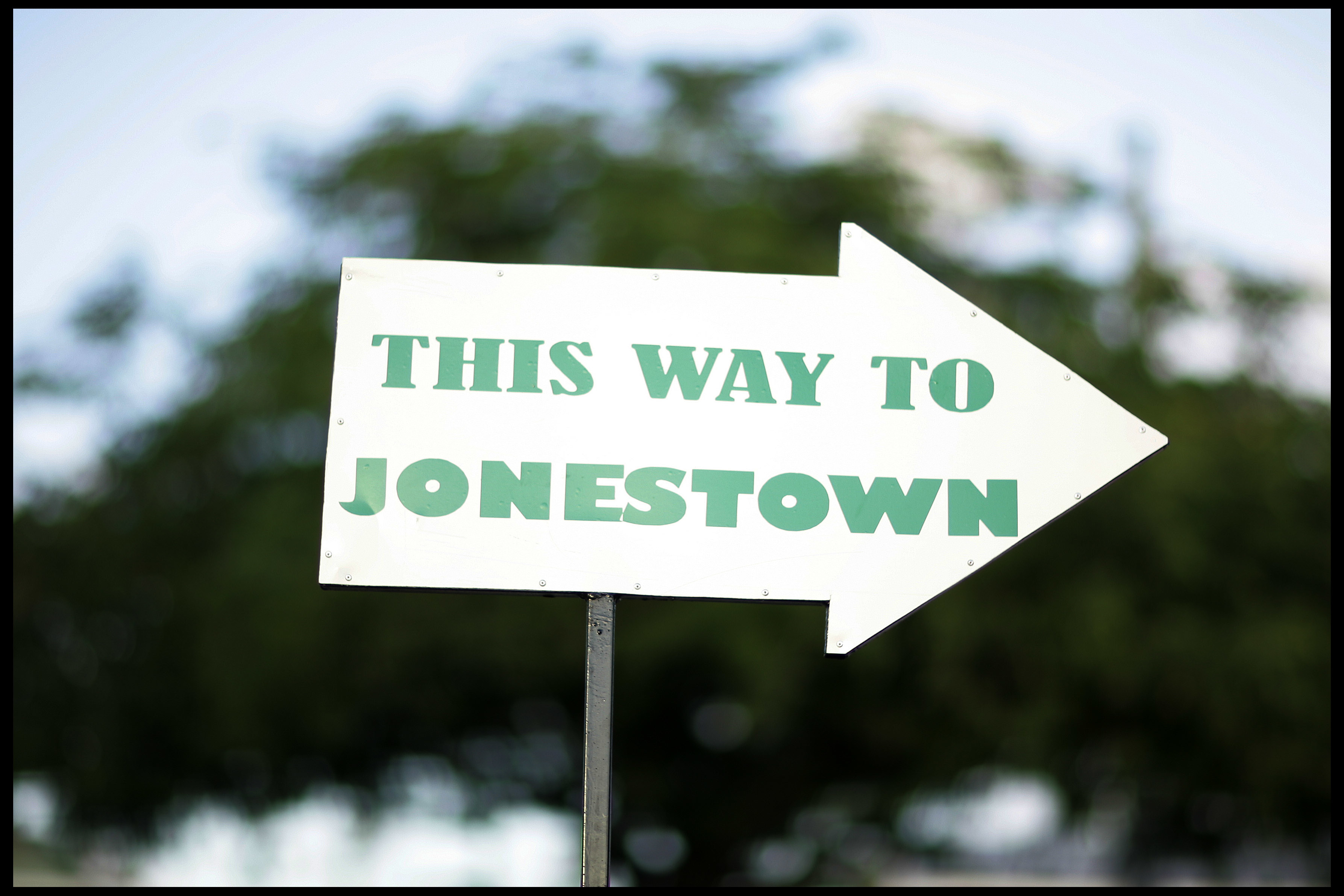
Jonestown: How Jim Jones Betrayed All His Followers
In this series, Newsweek reconstructs the events leading to the Jonestown Massacre as it happened in 1978, day by day.

November 19, 1978, and beyond: Most of the world first heard of Jonestown on November 19, when television networks interrupted their regular programming to report that a "strange religious cult" had committed "mass suicide" in a South American jungle.
When Guyana's chief medical examiner, Leslie Mootoo, entered the settlement on November 20, however, he noted puncture wounds in 70 bodies before he stopped counting—evidence that many residents did not drink the poison but were forcibly injected with it.
The Guyanese government rejected the State Department's request to bury the dead in situ, so the U.S. Army flew in its Grave Registration Unit down to retrieve them. By then the corpses had laid in the sun and rain for four days and were bloated to the point of bursting; soldiers used snow shovels to place them in body bags. The remains were flown to Dover Air Force base in Delaware, where forensic examiners struggled to identify them. More than 200 children would never be named; their small bodies decayed faster than adults, and many did not have dental or fingerprint records.


The bodies of 408 victims are buried in a mass grave at Evergreen Cemetery in Oakland. Most of these are children, with babies buried two to a casket. Among them are the three George children, David, Phillip, and Gabriela. The day after the mass murder, the siblings' oldest brother and sister spent hours turning over bodies in a vain search to find them. The bodies of Jim and Marceline Jones were cremated, their ashes scattered over the Atlantic.
Charles Garry and Mark Lane emerged from the jungle on November 19 bedraggled and bickering. They'd been sent to a cottage when residents were summoned for their final assembly, and, sensing danger, had fled into the dark bush in their business loafers. During their long night together, Lane confessed to Garry that a recent defector had told him about the massacre plans. Back in the States, Garry would call Lane the "catalyst" for the deaths while Lane stated that he was the "the only person who tried to prevent the murders." Lane went on the lecture circuit with his "Horrors of Jonestown" talk, earning $2,750 per appearance ($11,500 in today's money).
Initial media accounts portrayed Jonestown residents as brainwashed sheep. They were deemed monsters, and therefore deserving of their fate. It was far easier to condemn Jones's victims than to attempt to understand them.
The FBI interviewed about 2,000 people as part of an investigation to determine whether there was a conspiracy to assassinate Congressman Ryan. In 1987, a Federal Court in San Francisco charged Larry Layton with aiding and abetting in the murder of Ryan; he spent 18 years in prison before being paroled in 2002.

The buildings of Jonestown burned down long ago; all that remains is an overgrown field. The impoverished Guyanese government has considered turning the site into a travel destination to capitalize on the "dark tourism" trend. One plan calls for rebuilding the pavilion, Jones's cabin, and several cottages and charging visitors two hundred dollars $200 per a night for the thrill of surviving the Jonestown "experience."
Today, few Americans under 40 are familiar with the Jonestown tragedy, but the erroneous phrase "Don't drink the Kool-Aid" has entered the cultural lexicon (despite the fact it was Flavor Aid, not Kool-Aid, used in the massacre). Its reference to gullibility and blind faith is a slap in the face of the Jonestown residents who were forced to die by Jim Jones, including 304 murdered children.
If anything, the people of Jonestown should be remembered as hopeful idealists. They went to Guyana to create a more equitable society. Like many of us, they longed for a better world—one that was free of violence, racism, sexism and classism. They believed in a dream.
How terribly they were betrayed.
Julia Scheeres is an award-winning journalist and author. Her books include Jesus Land and A Thousand Lives: The Untold Story of Jonestown.





















